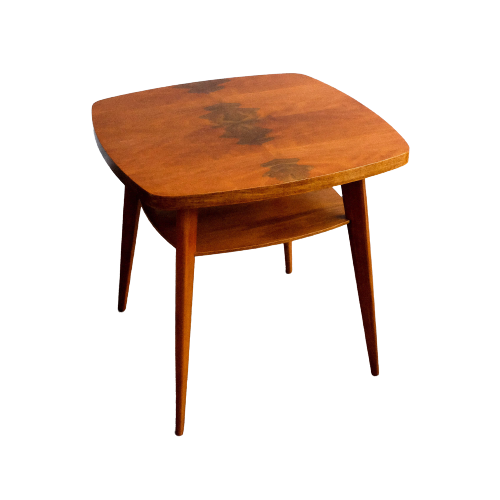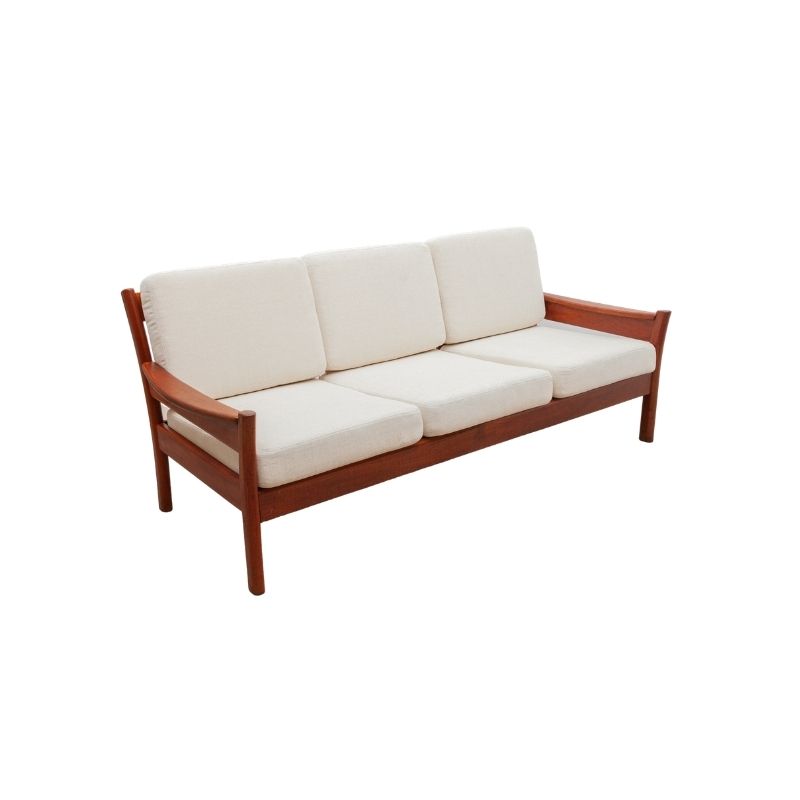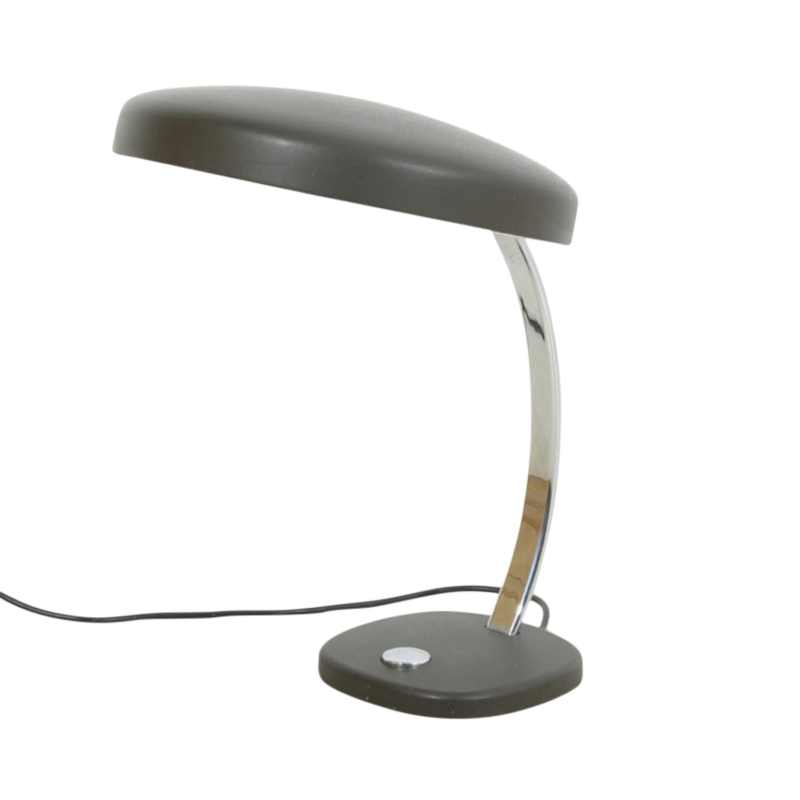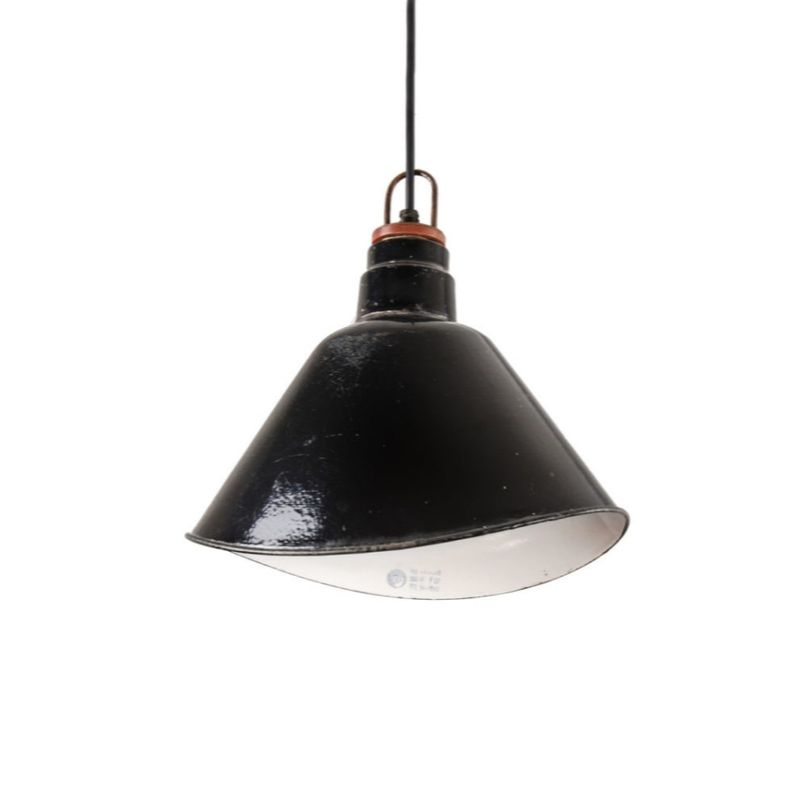A very absorbing account of Noritsugu Oda's home.
Keep scrolling down, it's down there at the bottom!
Indeed! Thanks, H.Moon--
"We shared a very inspirational conversation about the longevity of a well made product. Professor Oda pulled out a scarf and a pair of leather gloves that he has personally owned for over 40 years. He held up his scarf and told me that when he was younger he purchased this wool scarf that was well beyond his salary, it took him a very long time to be able to afford it, but he purchased it with the intention of having it for at least 25 years. That he said is the magic number, if you can?t pick a product up and say confidently that this product will serve you well for a minimum of 25 years, it is not a good purchase."
You can't (legally) drink whi...
You can't (legally) drink whiskey and drive. More to the point, I believe the intention of the cup holder is to hold a whiskey glass. The armrests were designed so that two chairs can literally merge. The larger cup-holder armrest merges with the smaller "neighbors" armrest.
But
a) Why is the "cupholder" made of brass?
b) Why does it swivel?
c) Why does an armchair even need a cupholder?
d) Can you imagine Juhl designing a feature that would force a chair's owner to drink only from a particularly-sized glass?
On the other hand, imagine an ashtray under the brass cover. The brass protects the wood from burns; the cover swivels to allow the tray to be emptied.
My guess regarding the cupholder--
the brass plate is hinged, so when you're sitting down you flip it open and rest your glass in the hole (a glass with a smaller foot than mouth, so it wouldn't fall through).
Why brass? Metal seems optimal for such a hinged device, and brass accents are commonly used for furniture.
Why does an armchair need a cup holder? It doesn't, which perhaps is why so few of these were produced.
A variety of different-sized glasses would work, so long they have a foot that's smaller than their mouth-- which is typical of shot/ rocks glasses.
I don't like this cup-holder idea, but the ashtray idea's no better.
A chair tray serves a...
+1 Moon...thank you!
A chair tray serves a purpose that would otherwise be assigned to a table. A pretty straight-forward purpose. Juhl doesn't attempt to mask this, rather emphasize it.
It's a handy spot to rest books. Perhaps a drink accompanied by a small plate of cheese and crackers...maybe even a plate of decadent chocolate of such wickedness mere samplings only encourages waves of lust for more and more and more. All that real estate right before you. What if a person has a tender back, twisting to reach towards a table is not good. Even without a bad back, there's a certain poise not having to bend over for things.
Here's an image from Esbjorn's book, you'll see how two or more chairs "connect". Gives greater support to the notion that the intended location is one without tables. Notice the sun/moon relationship in the tray? Half-moon repeated in the backrest. Juhl's Egyptian influence is evident, at least I think. If not maybe a lyrical treasure map embodied in a chair? Not a chair for every situation...but I hardly think it's a bad chair.
Reading the caption text say'...
Reading the caption text say's this chair was named the "fireplace chairs". Brass trays are for whisky glasses. Finger pull, certainly can see that, good observation.
What really get's me is the sofa! I haven't been able to see a quality photograph until now.
If you need any help, please contact us at – info@designaddict.com









